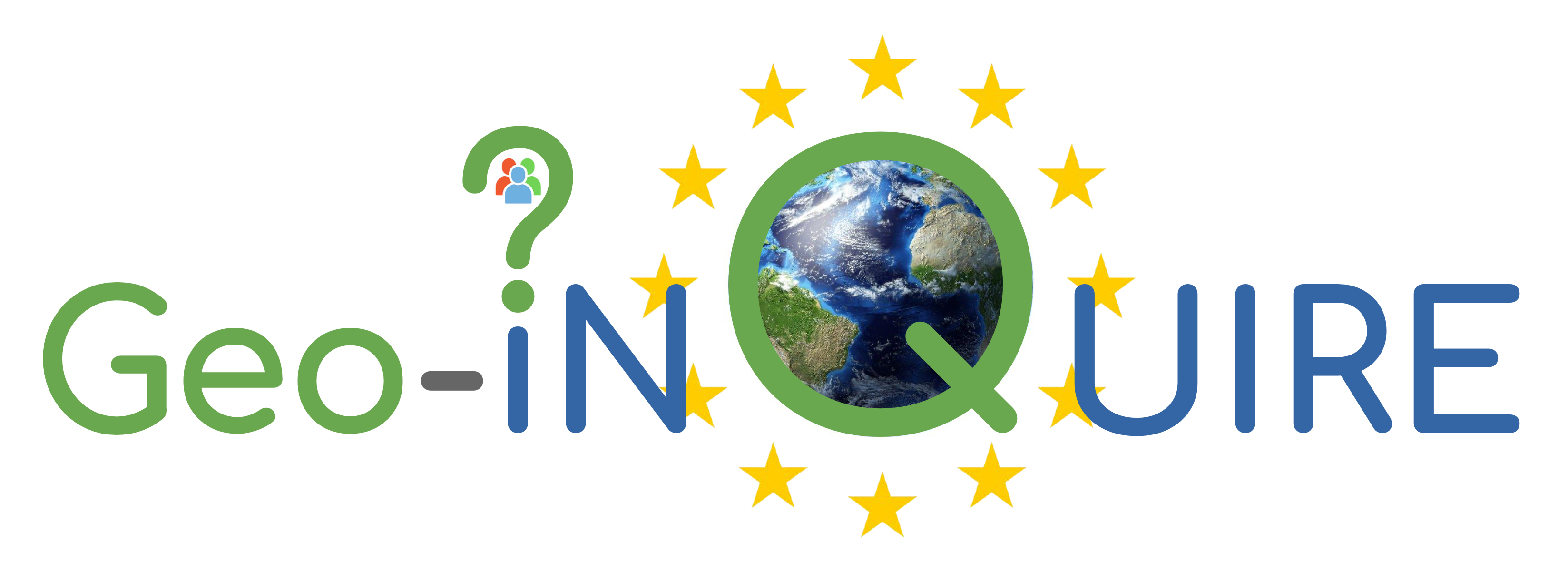Cyber-PSHA - Probabilistic Seismic Hazard Analysis (TA2-541-9)
This installation is not open in the 3rd call.
1. Host Institution:
Physical, remote and HPC resources: Ludwig-Maximilians-Universität München (LMU), Germany
2. Description
CyberShake is a high-performance computing (HPC) platform to facilitate Physics-Based Probabilistic Seismic Hazard Analysis (PB-PSHA) by computing a large set of earthquake synthetic ground-motion time histories from kinematic rupture scenarios on three-dimensional finite faults. Cybershake was developed to perform PSHA studies for Southern California by SCEC (Statewide California Earthquake Center).
The Cyber-Ch-PSHA Workflow, which SCEC developed, generates spectral intensity metrics for a given earthquake rupture forecast model, using a 3D physics-based seismic modeling engine. The UnifiedCSWFlow workflow manager automates several parts of a CyberShake run. CyberShake V.15.4 relies on the Anelastic Wave Propagation (AWP) open-source code. SCEC and BSC installed CyberShake V.15.4 in its HPC facilities, together with the UnifiedCSWflow to manage the workflows, and successfully implemented a use case for Southern Iceland (Rojas et al., Arxiv, 2024) during the ChEESE-1 project phase in collaboration with SDSU, USC, IMO and LMU).
This service aims at enabling physics-based PSHA with Cybershake for other regions of interest. Candidate institutions can propose their own use cases, i.e. regions of interest, for hazard assessment and the team will assess the feasibility and relevance of a physics-based study. BSC will offer assistance in implementing and running CyberShake production runs on MareNostrum for the selected proposals. LMU will offer assistance in parameterization of the CyberShake simulation, running prototype simulations at LRZ and interpretation of the probabilistic seismic hazard and output analysis for that same region. Both LMU and BSC will help to use novel capabilities or features as they become available. The host institutions plan to provide the service with two hybrid training sessions utilizing their HPC facilities and 6 additional months of online access and mentoring.
Successful applicants should be familiar with the state of the art of physics-based seismic hazard assessment including ground-motion modeling and empirical ground motion models for their proposed geographical area of interest. Accepted applicants should prepare to provide geological information such as velocity model(s) and fault models for said area. It is an advantage for the applicants to have a fair knowledge of Linux OS (command-line instructions) and programming (bash-scripting, Python, C/C++ or Fortran).
3. Services offered
The service will be based on transnational visits and online assistance, where candidates can provide their own use cases in which physics-based PSHA may provide new insights on earthquake risk. The hosts will assist in preparing the inputs and running Cybershake for the proposed use cases. The hosts will also provide support and training in basic HPC.
4. Modality of access
- Two TA grants are on offer, one involving a 1-week visit to LMU and the other a 1-week visit to BSC. For the rest they will have the same conditions, including a maximum of 1 access of 1 week of in-person plus 1 week of remote access to LMU/BSC. TA grants will cover the costs for travel and subsistence.
- Access includes a budget of 0.5 million core-hours computing time on the MareNostrum supercomputer at BSC.
5. Support
Personalized training and support for the definition of the scientific problem, settings of the simulation cases, HPC run of data analysis and elaborations, dissemination of products (e.g., scientific reports, papers), uptake of the simulation results on the Simulation Data Lake at CINECA. HPC budget is offered to perform the simulations.
6. Additional information
Target community/Users:
Researchers with previous experience in PSHA.
Community Standards:
AWP, SRF, SCEC
More information:
https://www.scec.org/software/cybershake
7. Contact person
Claudia Abril (claudia.abrillmu.de) and Alice Gabriel (gabriel
geophysik.uni-muenchen.de)
